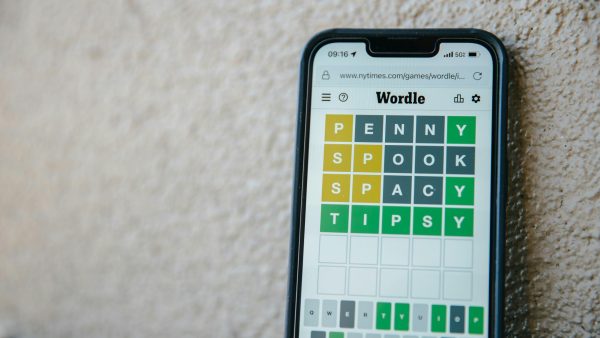The “Bugs” of the Future
What are Astrobees and how are they paving the way for the space exploration of our dreams?
May 23, 2019
Recently, the National Aeronautics and Space Administration, or NASA, has been having a field day when it comes to advancements and progress on the final frontier. They have discovered shifts in the magnetic field of Jupiter and even have released plans for the creation of a moon base by 2028. However, all of these achievements pale in comparison (in my opinion at least) to the continued development of a certain robotic helper: the Astrobee. Now, when one hears the name Astrobee, the first image that comes to their mind most likely resembles something of a mechanized bee astronaut. Nevertheless, while this does sound truly magnificent, the real Astrobee is much more modest, but arguably more important. Essentially, the aforementioned robot takes the form of a cube-shaped machine that, while it does not seem like it, will eventually change the scope of space efficiency as we know it.
However, before Astrobees are further explained, it should be made known that this concept of automated, space robots is not a new idea. In fact, Astrobees have robotic predecessors that can be traced all the way back to 1999. These ancestors of Astrobees are part of what is known as the SPHERES program, or Synchronized Position Hold Engage and Reorient Experimental Satellites (just rolls off the tongue). Essentially, SPHERES takes the form of small satellites that, as Astrobees eventually will, are used on the International Space Station (ISS). Unlike Astrobees, though, the robots of SPHERES are much less advanced. This can be seen in how, when in use, they constantly have to be overseen by astronauts aboard the ISS (Astrobees will be completely automated). Furthermore, their programming is 10+ years old! Finally, SPHERES were used solely as tests for different types of important algorithms, such as ones dealing with docking and flight, so on top of the previous hindrances, the satellites of SPHERES are much more limited in their uses than their buzzing descendants.
However, what are Astrobees projected to do that will make them the replacement for SPHERES and imperative to the advancement of space travel? Well, in addition to more effectively taking up the SPHERES mantle of testing different robotic technology, Astrobees will also complete an even more important, duty. This job, plainly put, will come in the form of said Astrobees completing a multitude of tedious tasks aboard the ISS usually done by the astronauts, and while this seems like a waste of perfectly good technology, its role is crucial. This is because, Astrobees aiding in such tasks will greatly free up the time of ISS members. In turn, these members will be able to focus on truly critical matters that could potentially lead to advancements and discoveries that could change the scope of cosmic exploration. However, before they can achieve this monumental task, the little robots still have to go through much development.
This development is going well, though, as two out of the three Astrobees, appropriately named Bumble and Honey, were transported to the International Space Station in April to finally be put to the test (the third robot, named Queen, was just very recently transported to the station). Additionally, the Astrobee Bumble was even able to be manually flown around a part of the ISS, taking pictures of the facility to act as guides for the Astrobees once their automated nature is put to use. Essentially, Astrobees serve as a hopeful example of the increasingly advancing field of space exploration. The increased efficiency they are projected to provide will possibly open the door for new progress in the cosmic field that one cannot even dream of. Nevertheless, for the time being at least, they are just a bunch of cute looking robot squares with a universe-wide amount of potential.












